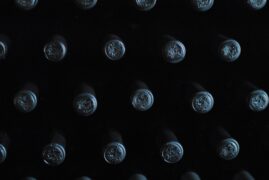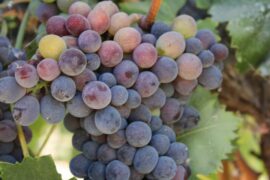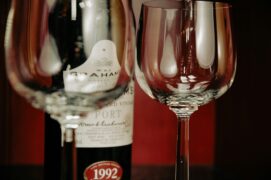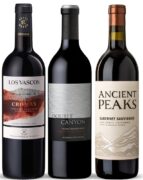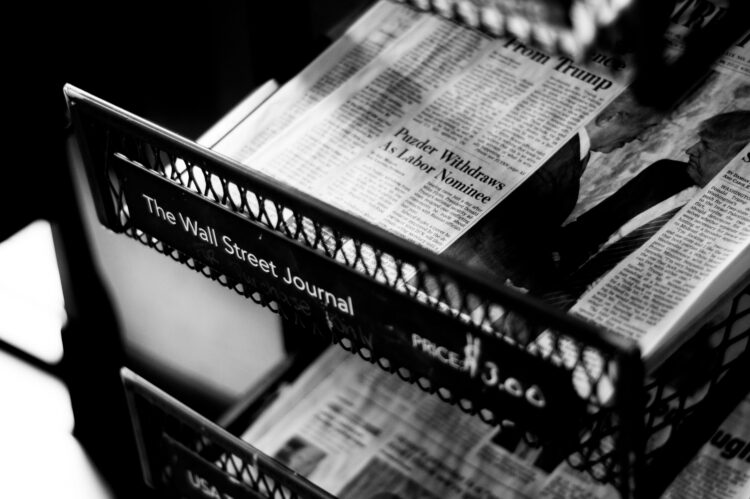A trade war between the U.S. and the EU appears likely, though wine may be spared. Tensions are brewing between the U.S. and France, spurred by two recent developments. The first is obvious: Donald Trump’s election as U.S. President.
Also read our article: Trump victory puts wine tariffs back in spotlight
The second, perhaps less noticed, is France’s plan to raise its digital services tax from 3% to 5%. This tax primarily impacts large U.S. tech companies that support Trump. With the U.S. administration already displeased over the 3% rate, the increase signals what the French call a “salve d’ouverture” in this standoff. U.S. retaliation appears inevitable, especially since the longstanding Airbus-Boeing dispute led to tariffs on European wine in 2019.
France’s decision to raise the tax appears particularly confrontational given Italy’s recent step to ease potential U.S. retaliation over its own digital services tax (DST) by expanding it to include smaller businesses, meaning Italian companies would also be affected. The U.S. has not objected to the DST concept itself, only to it being imposed solely on U.S. companies.
Despite concerns, Ben Aneff, head of the U.S. Wine Trade Alliance (USWTA), is confident wine will not be targeted. “Don’t assume that tariffs on wine are inevitable,” Aneff said. “We have the strongest story to tell of any of the [potential tariff] options. The last time we told it, we won.”
Aneff, a managing partner at Tribeca Wine Merchants, reminded Wine-Searcher that the first wave of tariffs on French and German wines in 2019 caught the wine world by surprise, as they were tied to the Airbus dispute. But in 2020, when a 100% tariff on Champagne was proposed as punishment for France’s DST, the USWTA successfully persuaded the administration to focus on other French products.
In January 2020, the U.S. Trade Representative (USTR) held hearings to consider tariffs on Champagne, cheese, cosmetics, and handbags. Champagne, exempted in the 2019 tariffs to serve as leverage against French President Emmanuel Macron, was ultimately spared after U.S. restaurateurs and wine distributors argued that tariffs on French wine harm American businesses more than French producers. USTR Robert Lighthizer listened and removed Champagne from the list.
With Lighthizer potentially returning to the USTR post next month, Aneff sees the likelihood of wine being targeted as low. “The Lighthizer school of trade thought is, they don’t want free trade; they want fair trade,” he said. “Wine is one of the few products that has fair trade between Europe and the U.S.”
Aneff warned, however, that agricultural products are at greater risk. “The USTR believes the EU has deliberately put up barriers to trade for U.S. agricultural products,” he said. “If you want to know what to buy early, you should buy French cheese. Because that’s going down. I hate to say it, because I love French cheese.”
A Strong Case for Wine Exemptions
Before Trump’s recent election, the USWTA had already been working to spread awareness that tariffs on European wine impact American businesses more than EU wineries. According to the USWTA, every dollar sent to the EU for wine results in $4.52 in revenue for U.S. businesses, which benefit from the wine’s markup through the distribution system—a situation unlike French perfumes or handbags that are often sold directly in French-owned stores.
Aneff feels optimistic that the Republican-controlled government understands this reality. “People in DC want to hear our story. Everybody loves restaurants,” he said, adding that Congress members have personal ties to these establishments.
Andrew Fortgang, who owns three restaurants in Oregon, also stressed that restaurants may not survive without the profits from wine sales. He noted that customers who prefer French wine are unlikely to shift to other options. “Wines and food are culturally connected,” Fortgang said. “Nobody is going to come into my restaurant and think a Chilean Sauvignon Blanc is going to be a great substitute for Sancerre.”
Julio Alonso, executive director of Wines of Chile, observed that rising Sancerre prices might create an opportunity for Chile’s Leyda region to gain recognition for its cool-climate Sauvignon Blancs, which he described as “a good balanced Sauvignon Blanc and very gastronomical.”
French Wine’s Place in the U.S. Market
Though French wine holds a prestigious place, its actual market share in the U.S. is relatively modest. SipSource reports that about 30% of wine sold in the U.S. is imported, with only 9.3% of that volume coming from France. Of all French wines sold in the U.S., only 15.6% are red wines, while sparkling wine makes up 36% of French sales, and rosé 34%.
While some may consider stocking up on French wines as a precaution, most importers seem reluctant. With potential tariffs lasting years, holding long-term inventory is not feasible. “We are definitely going to take a look at our buying plan for the year ahead,” said Kate Laughlin, CEO of importer Martine’s Wines. “The biggest thing for us is it creates a lot of uncertainty… We’re trying to answer questions that we don’t have answers to.”

